Monitoring Speed is essential in any automation process. Speed of any equipment driven by an electric motor can very due to variety of reasons e.g. overload, underload, breakage of transmission parts etc. In case of open loop control, a speed monitoring device is useful to either give an alram or to switch ‘off’ the motor. In case of a closed loop control, e.g. D.C. drive or V/F drive, a feedback is required (4-20 mA or 0-10 V) to take corrective action.
Zero speed switches (ZSS) also known as Speed Actuating Sensing Switches are used to detect the stoppage or unacceptably slow movement of a rotating shaft. Generally its applications are in various machines, conveyors, power plants, and industries involving the production of cement, sugar, textiles, paper, etc.
Principle of Operation:
The speed /motion of rotating / moving object is sensed by a non-contact Inductive type sensor. The sensor probe is installed with it’s sensing face in close vicinity of rotating object. The metallic pieces (flags) with specified dimensions are to be mounted on the rotating object. When these flags pass across the face of the probe, the frontally radiated electromagnetic field of the probe is damped which is converted to a corresponding output pulse.
These pulses are digital in nature and the circuit is designed to work in electrically noisy area. However, the interconnecting cable should be of minimum 0.5sq. mm. Size. ALED provided on rear side of the probe gives visual indication for sensing of the flag. In case of sensors other than Inductive type the pulses generated are to be connected as specified for the individual sensor.
Initial by-pass time delay
For monitoring under speed conditions it is essential to have a by pass arrangement during starting of machine. The output relay of speed monitor is ‘OFF’ during starting / under speed condition and is ‘ON’ (energized) during healthy running speed. Hence it is essential to bypass(override) the relay contacts during starting. This can be achieved by using either a external timer unit, by programming thru PLC or by using a built in by-pass time delay (ITD).
with the built in ITD feature the output relay switches ‘ON’with ‘supply ON’ condition and remains ON till the set time delay. If the equipment speed reaches its normal healthy speed during this time then the relay continues to remain ON. The relay drops out if the speed has not reached the set value or when the speed drops below set value during running.
Nuisance Tripping Time Delay
During running, equipment may lose its speed momentarily due to various reasons. To avoid tripping due to this a built in time delay is provided. The output relay will drop out after the preset time delay after the speed has dropped below set value. If the equipment speed recovers during this then the relay continues to remain ON.
Speed sensors and zero speed switches are used to protect equipment, processes, and people. When the speed sensor or speed switch detects a change in speed, a signal is sent to a control panel or an alarm to alert the operator of a malfunction. When the alarm is triggered, steps can be taken to correct the problem before a catastrophic breakdown happens. This will greatly reduce your downtime, maintenance costs, and lower material waste cost. Operational life is also maximized without the risk of unexpected failures.
Application
Electronic Speed Monitor is used to monitor speed of conveyors, crushers, rolling mills, agitators, mixers, stirrers, screw conveyors, and other industrial machinery. This device actuates relay contacts at preset speed. Using these contacts desired control action such as zero speed protection/ under speed protection/ over speed protection can be achieved.
Advantages
- It Senses speed by non-contact way. Hence no moving parts.
- No wear and tears of rollers or misalignment of couplings.
- Easy speed setting.
- Built in initial by-pass time delay arrangement.
- Speed setting possible from 1 RPM to 5000 RPM in optional ranges.
- Totally enclosed sensor, works in presence of dust, dirt water, oil & chemicals.
- Direction sensing and speed monitoring of various locations from single point is possible.
- Intrinsically Safe Sensors and speed switches with Flameproof Enclosures are available for use in Hazardous area.
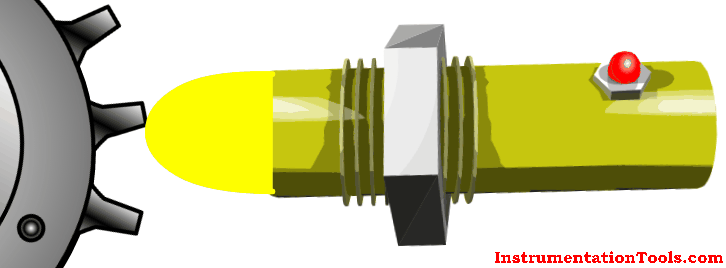
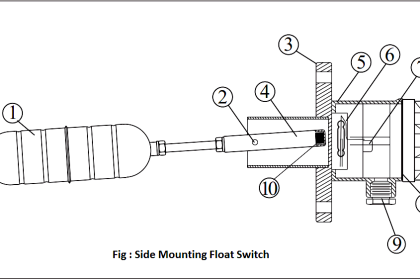
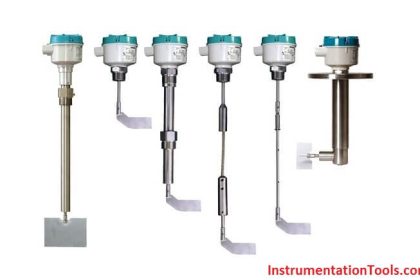
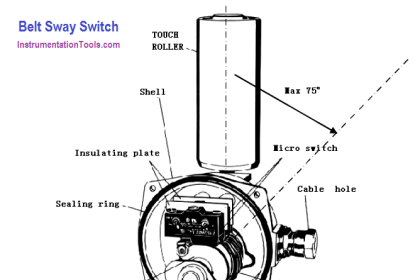
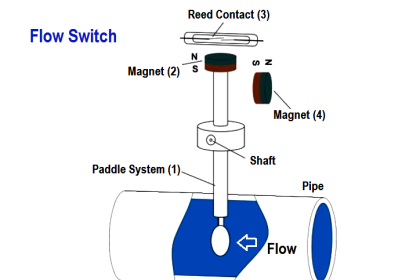
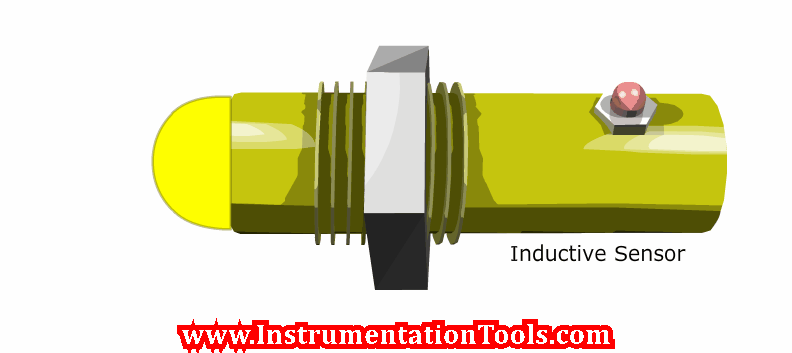

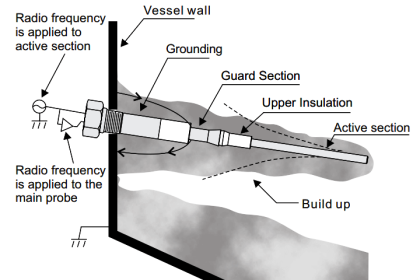

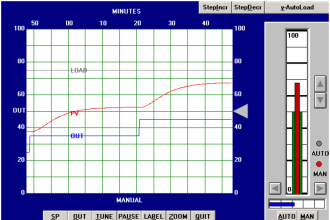

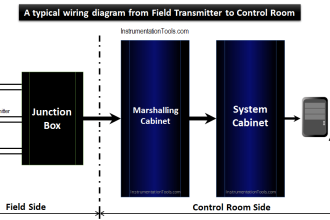
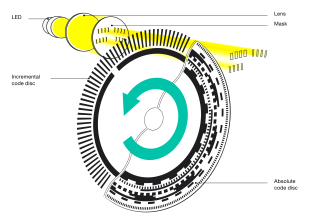
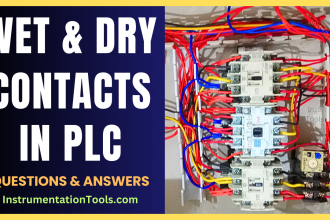
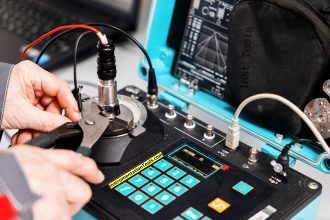
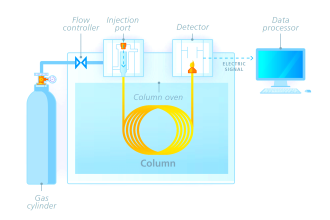


We are using proxies pnp and npn type in glass industry and our ambient temperature is 70ć plus and operation cycle is 35/min. Plz suggest me accurate proxy for this working atmosphere
why range of zero speed sensor is multiple of 10
Can output from single electronic zero speed switch be connected to two loads such one indicating lamp & one contactor or some electronic card. if connected will zss work properly or not,what will happen?
How to set the zss
आठ या दस घंटे में zss अपने आप बंद हो जाता है। क्या कारण हो सकता है?
While conveyor running time I insert a metal piece inside sensor means what will happen? How?
In what value we have to set the rpm to categorize this sensor to “under speed” or “over speed”?
Are 10-20% of normal rpm is acceptable?
How to set the ZSS